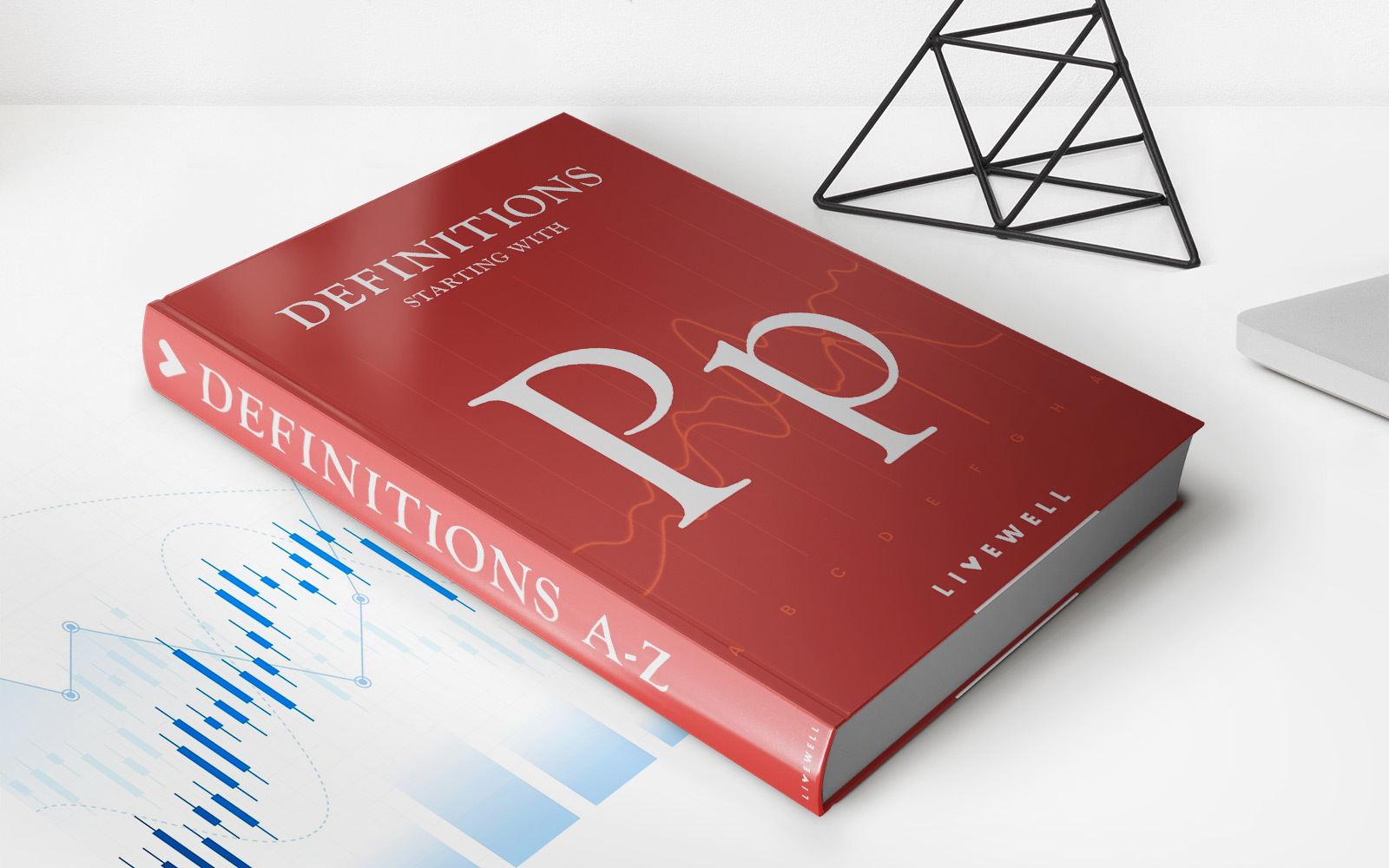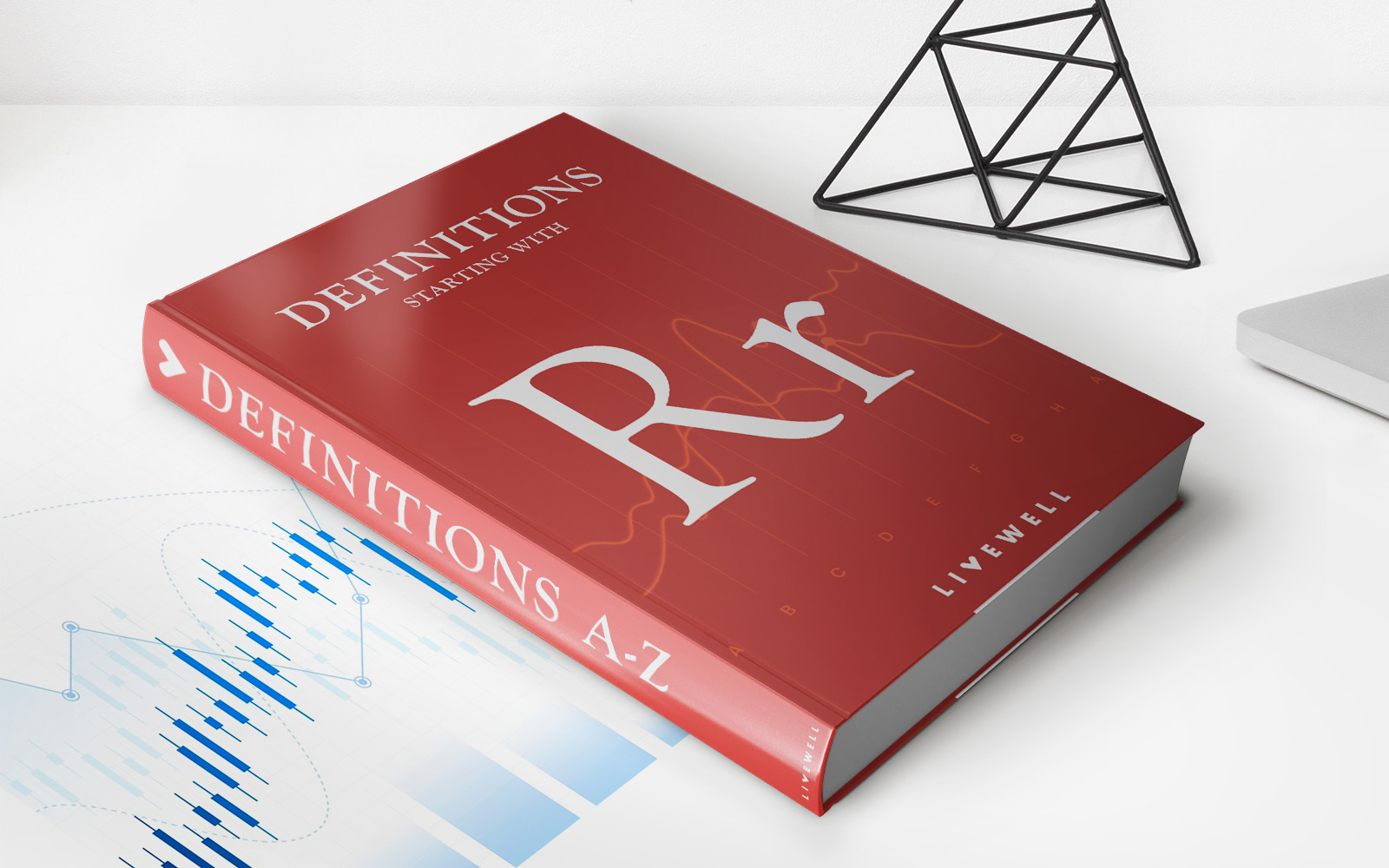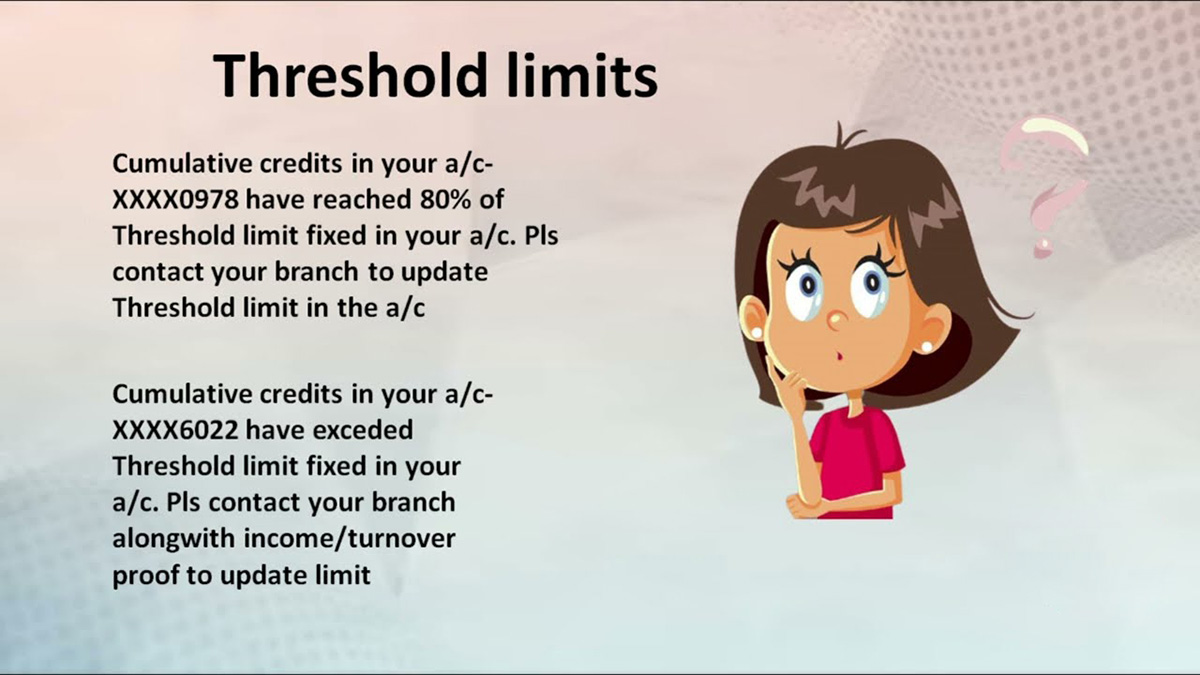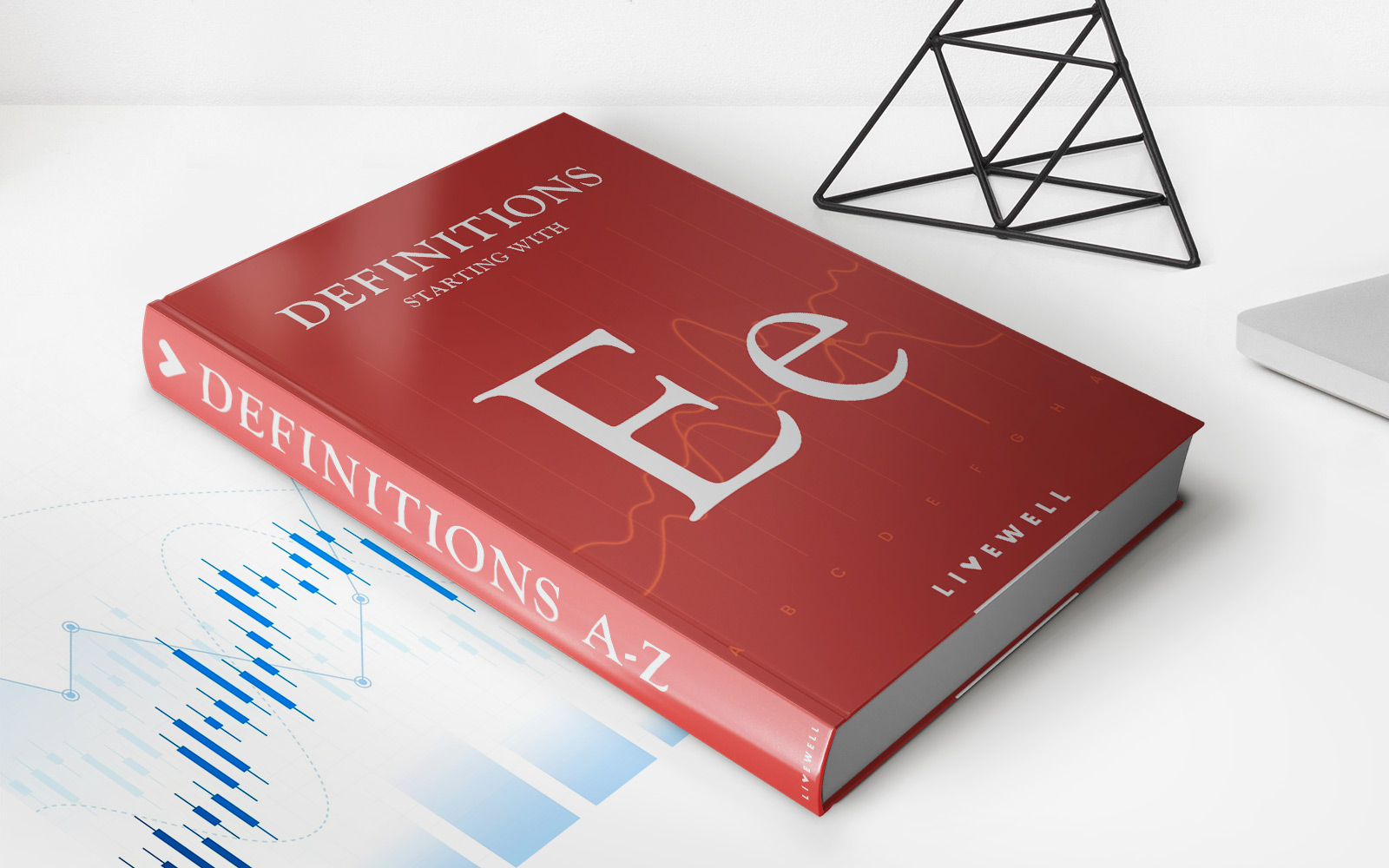

Finance
How To Trade Finance Cars
Published: January 21, 2024
Learn how to finance cars and make the most of your trade with our comprehensive guide on trade finance.
(Many of the links in this article redirect to a specific reviewed product. Your purchase of these products through affiliate links helps to generate commission for LiveWell, at no extra cost. Learn more)
Table of Contents
Introduction
Trading in your old car for a new one can be an exciting experience. However, the financial aspect of the transaction is often a major consideration. This is where trade finance comes into play, offering you various options to finance your new car purchase while taking advantage of the value of your trade-in vehicle.
Trade finance involves the process of using the equity in your existing car to offset the cost of the new vehicle you wish to purchase. It provides a convenient way to upgrade your ride without the need for a substantial cash outlay. By understanding the trade finance process and exploring the available financing options, you can make informed decisions to ensure a smooth and advantageous transaction.
In this article, we will guide you through the essential steps involved in trading in your car and financing your new one. From evaluating your trade-in vehicle’s value to negotiating the trade-in deal and finalizing the trade finance arrangement, we will provide you with valuable insights to help you navigate this financial transaction effectively.
Whether you’re looking to upgrade to a more fuel-efficient car, a larger vehicle for your growing family, or simply want a change of style, understanding how to trade finance your vehicle is crucial. So, let’s dive into the world of trade finance and explore how you can make the most of this opportunity to drive away with your dream car.
Understanding Trade Finance
Trade finance is a financial arrangement that allows individuals to use the value of their existing car as a form of collateral to finance the purchase of a new vehicle. In simple terms, it involves trading in your old car and applying its appraised value towards the payment of your new vehicle.
One of the key benefits of trade finance is that it enables you to reduce the overall cost of the new car by using the trade-in value as a down payment. This can help lower the amount you need to finance through a loan or lease, potentially leading to more favorable loan terms and interest rates.
When considering trade finance, it’s important to understand the following aspects:
- Trade-in Value: The trade-in value represents the amount that the dealership assesses your old car to be worth. It is typically determined based on factors such as the age, mileage, condition, and demand for the vehicle. It’s essential to have a realistic expectation of your trade-in value to ensure you can accurately calculate how much you need to finance for your new car.
- Equity: Equity refers to the difference between your trade-in value and the amount you still owe on any outstanding loans for your current car. If the trade-in value is higher than your loan balance, you have positive equity, which can be applied towards the down payment on your new car. Conversely, if the loan balance exceeds the trade-in value, you have negative equity, and you may need to cover the difference.
- Loan or Lease: Once you have determined the trade-in value and calculated your equity, you can decide whether to finance your new car through a loan or lease. A loan involves borrowing a specific amount of funds to purchase the car, which you repay over a set period with interest. A lease, on the other hand, allows you to use the car for a designated period while making monthly lease payments. Understanding the pros and cons of each option can help you make an informed decision.
Trade finance provides an attractive solution for individuals looking to upgrade their cars while minimizing the financial burden. By understanding the trade-in value, equity, and the available financing options, you can make smart decisions to secure the best trade finance deal for your new vehicle.
Deciding on Financing Options
When it comes to trade finance, there are multiple financing options to consider. Understanding these options will help you make an informed decision based on your financial situation and future plans. Here are some common financing options to consider:
- Bank or Credit Union Loan: One of the most common options is to secure a loan from a bank or credit union. By applying for a car loan, you can receive a lump sum of money to cover the cost of your new car, while using the trade-in value as a down payment. It’s important to shop around and compare loan terms, interest rates, and repayment plans to find the best deal that fits your needs.
- Dealer Financing: Many car dealerships offer their own financing options, allowing you to finance your new car directly through them. These financing options may come with incentives or special offers, such as low-interest rates or extended warranties. It’s important to carefully review the terms and conditions of dealer financing to ensure it aligns with your financial goals and preferences.
- Leasing: Leasing a car is another popular financing option. With a lease, you essentially rent the car for a designated period, typically two to three years, and make monthly lease payments. Leasing can be an attractive option for those who prefer lower monthly payments and enjoy upgrading to a new car every few years. However, it’s important to consider the mileage restrictions and any additional fees associated with leasing.
- Personal Loan: If you prefer more flexibility with your financing, you may consider taking out a personal loan from a bank or online lender. With a personal loan, you can use the funds to finance your new car purchase and have the freedom to choose where and how you want to buy the car. Keep in mind that personal loans may have higher interest rates compared to car loans, so it’s important to carefully evaluate the terms and repayment options.
When deciding on the financing option that suits you best, consider factors such as interest rates, loan terms, repayment schedule, and any additional fees or incentives. It’s also essential to review your budget and ensure that the monthly payment for the financing option you choose comfortably fits within your financial means.
By understanding your financing options and carefully evaluating each one, you can make an informed decision that aligns with your financial goals and preferences. Take the time to research and compare offers to secure the best financing option for your new car.
Securing Trade-In Value
Securing the maximum trade-in value for your old car is crucial when it comes to trade finance. The higher the trade-in value, the more equity you can use towards the down payment on your new car. Here are some steps to help you secure the best trade-in value:
- Research: Before heading to the dealership, do some research to get an idea of the approximate value of your car. Look up online resources and consult trusted sources to determine the fair market value based on factors such as the make, model, year, mileage, condition, and any additional features.
- Clean and Prep: Give your car a thorough cleaning to make it look its best. Wash the exterior, vacuum the interior, and remove any personal items. Consider addressing any minor cosmetic issues, such as scratches or dents, to improve the overall appearance and perception of value.
- Organize Maintenance Records: Gather and organize any maintenance records or receipts you have for your car. Having a documented history of regular maintenance and repairs can demonstrate that you have taken good care of the vehicle, potentially increasing its value.
- Get a Pre-Trade Inspection: Consider getting a pre-trade inspection from a trusted mechanic. This will help identify any underlying mechanical issues that could affect the trade-in value. By addressing these issues beforehand, you can potentially increase the value of your trade-in.
- Shop Around: Don’t settle for the first trade-in offer you receive. Visit multiple dealerships and obtain trade-in appraisals from each one. This will give you a better understanding of the range of trade-in values you can expect. Remember, dealerships may have different criteria for valuing trade-ins, so exploring multiple options can be beneficial.
- Consider Selling Private: If you have the time and are willing to put in the effort, selling your car privately may yield a higher price compared to a trade-in. However, keep in mind that this option requires more time and potentially additional paperwork.
By following these steps, you can increase your chances of securing the best possible trade-in value. Remember, the more equity you have, the more favorable your trade finance deal can be. Take the time to prepare your car and gather the necessary documents to confidently negotiate the trade-in value and maximize your leverage.
Negotiating the Trade-In Deal
When it comes to negotiating the trade-in deal for your old car, being well-prepared and proactive can significantly impact the outcome. Here are some strategies to help you navigate the negotiation process:
- Know the Market: Research the market value of your car to have a realistic expectation of its worth. Use online resources, such as car valuation websites, to get an estimate. This knowledge will empower you during negotiations and prevent you from accepting an undervalued trade-in offer.
- Separate Negotiations: Keep the negotiation for your trade-in value separate from the negotiation for the new car’s price. Dealerships may try to combine both negotiations to confuse the process. Stay focused on getting the best trade-in value before moving on to the new car deal.
- Highlight Your Car’s Selling Points: During the negotiation, emphasize the positive aspects of your car that can add value. Mention any recent repairs or upgrades, low mileage, a clean vehicle history report, or desirable features. Presenting these selling points can sway the negotiation in your favor.
- Be Realistic: While it’s important to aim for the highest trade-in value, be open to a realistic offer based on the condition and demand for your car. Consider the market, age, mileage, and overall condition. Being flexible can lead to a smoother negotiation process.
- Consider Multiple Dealerships: Don’t limit yourself to just one dealership. Visit multiple dealerships to obtain trade-in appraisals from each one. This way, you can compare offers and leverage one dealership’s offer against another to secure the best value for your trade-in.
- Be Prepared to Walk Away: If you feel that the trade-in offer is far below what you believe your car is worth, be prepared to walk away. This demonstrates that you are serious about getting a fair deal. Sometimes, dealerships may reconsider their offer if they see that you are willing to move on.
Remember, negotiation is a two-way street. Be respectful but assertive, and don’t hesitate to voice your expectations and concerns. By being well-informed, prepared, and persistent, you increase your chances of negotiating a favorable trade-in deal.
Financing the New Car
Once you have completed the negotiation process for your trade-in, it’s time to focus on financing your new car. Here are some important considerations when it comes to financing:
- Compare Financing Options: Just as you did when deciding on the financing options, compare the terms, interest rates, and repayment plans offered by different lenders or dealerships. This will help you find the most favorable financing option that aligns with your financial goals and budget.
- Down Payment: Use the equity from your trade-in to make a down payment on your new car. The larger the down payment, the lower your loan amount, and potentially, the better your loan terms and interest rates. Aim to put down as much as you comfortably can without straining your finances.
- Loan Term: Consider the length of the loan term when financing your new car. Shorter loan terms may have higher monthly payments but can save you money on interest in the long run. Longer loan terms may have lower monthly payments but result in higher overall interest costs. Choose a loan term that works within your budget while minimizing the total cost of the loan.
- Interest Rate: Pay attention to the interest rate offered for your car loan. A lower interest rate can save you a significant amount of money over the duration of the loan. If your credit score is in good standing, you may be eligible for more favorable interest rates. Consider taking steps to improve your credit score before applying for a loan, if necessary.
- Read and Understand the Contract: Before signing any financing documents, carefully read and understand the terms of the loan agreement. Pay attention to details such as the interest rate, loan term, monthly payment, any additional fees, and any prepayment penalties. If you have any questions or concerns, don’t hesitate to ask for clarification.
- Budgeting for Monthly Payments: Ensure that you factor the monthly loan payment into your budget. It’s important to be realistic about what you can comfortably afford. Consider other expenses, such as insurance, maintenance, and fuel costs, when determining your monthly budget.
By paying attention to these financing considerations, you can make a well-informed decision and secure the most advantageous loan for your new car. Remember to take your time, compare offers, and ensure that the terms and conditions align with your financial goals and capabilities.
Closing the Trade Finance Deal
After finalizing the details of your trade-in and financing for the new car, it’s time to close the trade finance deal. Here are the key steps involved in completing the transaction:
- Review the Paperwork: Carefully review all the paperwork related to the trade-in and new car purchase. This includes the trade-in agreement, purchase contract, loan agreement, and any additional documents. Ensure that all the information is accurate, including the trade-in value, loan terms, interest rate, and any fees.
- Consider Additional Products: During the closing process, you may be presented with additional products and services, such as extended warranties, gap insurance, or maintenance plans. Evaluate these options and decide whether they align with your needs and budget.
- Ask Questions: If you have any questions or concerns about the documents or the overall deal, don’t hesitate to ask for clarification. It’s important to have a clear understanding of all aspects of the trade finance deal before signing any paperwork.
- Sign the Documents: Once you are satisfied with the terms and have thoroughly reviewed the paperwork, sign the necessary documents to close the trade finance deal. Be sure to read each document attentively and understand what you are agreeing to.
- Take Delivery of the New Car: After completing all the paperwork, it’s time to take delivery of your new car. The dealership will guide you through the process, ensuring that you are familiar with the car’s features, accessories, and any additional information you need to know.
- Transfer Insurance and Registration: Contact your insurance provider to update your policy with the new car’s information. Additionally, check with your local Department of Motor Vehicles or equivalent agency to transfer the registration to your new vehicle.
By following these steps, you can successfully close the trade finance deal and drive away in your new car. Remember to take your time, review the paperwork carefully, and ask any necessary questions to ensure a smooth and satisfactory transaction.
Conclusion
Trading in your old car and financing a new one through trade finance can offer a convenient and cost-effective way to upgrade your vehicle. Throughout this article, we have explored the essential steps involved in the trade finance process, from understanding the concept to securing the best trade-in value, negotiating the trade-in deal, and financing the new car. By following these steps and being well-informed, you can make smart decisions to maximize the benefits of trade finance.
Understanding the trade-in value of your old car is crucial. Researching the market value, preparing your car for appraisal, and obtaining multiple trade-in appraisals can help you secure the best value. Negotiating the trade-in deal independently from the new car’s price, highlighting your car’s selling points, and being prepared to walk away if necessary, can contribute to a favorable outcome.
When it comes to financing the new car, compare different financing options, consider down payment and loan term, evaluate interest rates, and carefully read and understand the loan agreement. Make sure to budget for the monthly loan payments and stay within your financial means.
Finally, when closing the trade finance deal, review all the paperwork, ask questions, and sign the necessary documents with a clear understanding of the terms. Take delivery of your new car and complete the necessary steps to transfer insurance and registration.
By following these guidelines and tips, you can navigate the trade finance process with confidence and make informed decisions that suit your needs and financial goals. Take the time to research, compare offers, and ask questions to ensure a smooth and successful transaction. Enjoy the experience of driving away in your new car, knowing that you have made the most of the trade finance opportunity.














